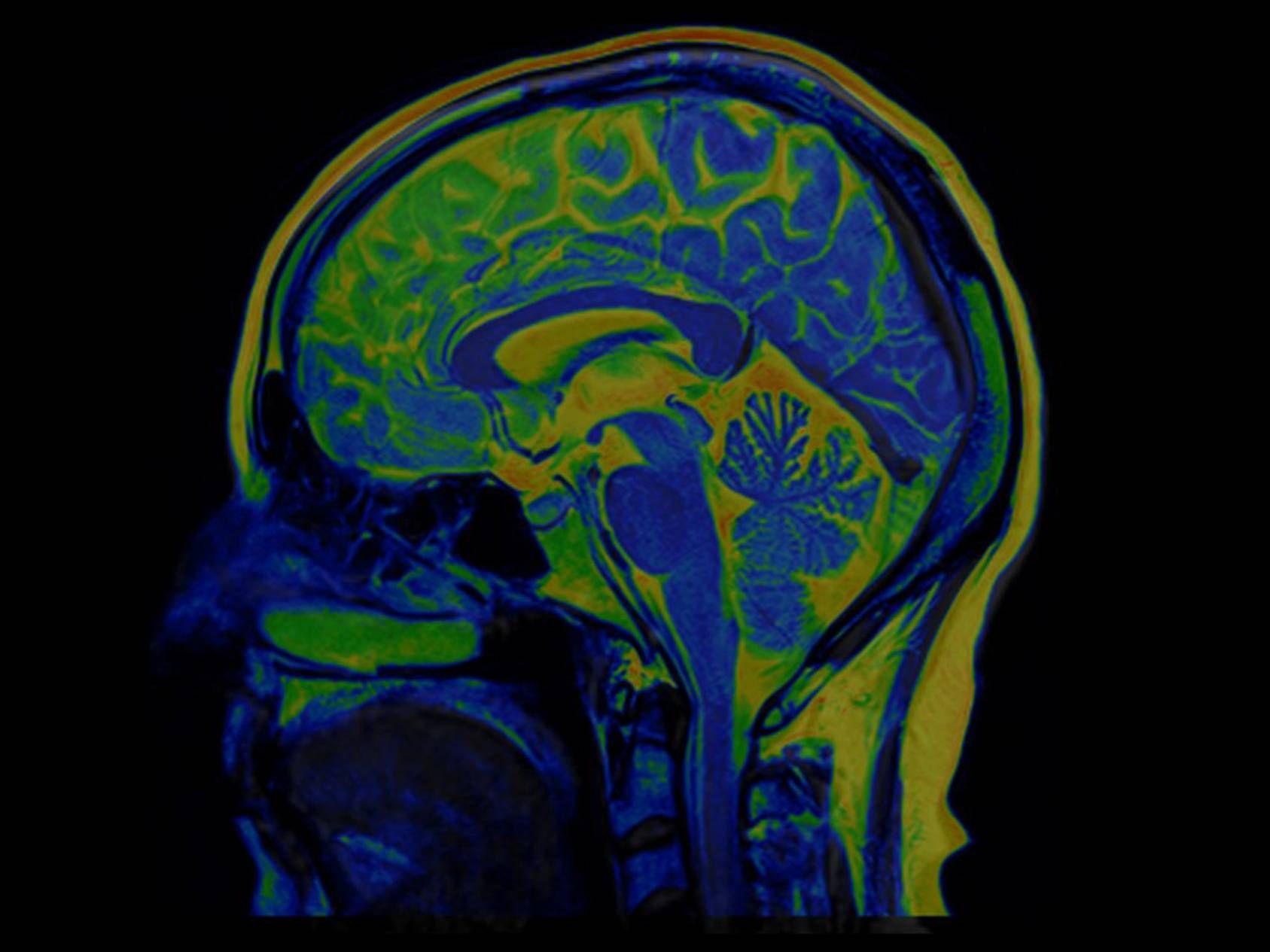dr. donato pacione, an assistant professor of neurosurgery at nyu langone,
told vice that blows to the head often pose serious risk, particularly for people over 60, who are more likely to develop a bleed that’s life-threatening.
“i think there’s a misconception that unless you get knocked out and lose consciousness, you’re probably not at a major risk,” he said. “but anybody over the age of about 60, if it’s a fall where they hit their head, you have to be vigilant of warning signs, where this might be an issue that could be dangerous.”
while a simple hit to the head from a fall or other activity may seem like not a big deal, pacione also says that it’s a bad idea to try to sleep off any symptoms from hitting your head — even a minor headache — as the condition may worsen while you sleep. instead, let someone know what happened, monitor for new or worsening symptoms, and consider contacting a doctor.
‘we ask everyone to remember the love bob brought to the world’
saget’s family wants him to be known for his kindness and care to the people around him.
“as we continue to mourn together, we ask everyone to remember the love and laughter that bob brought to this world, and the lessons he taught us all: to be kind to everyone, to let the people you love know you love them, and to face difficult times with hugs and laughter.”
 3 minute read
3 minute read









